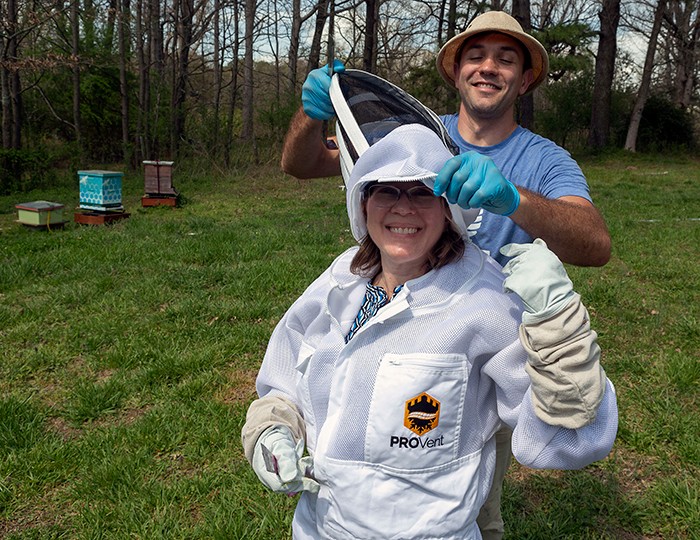I can’t help thinking that before this spring, there were few people who knew what an epidemic felt like. Thanks to childhood vaccines, we’ve forgotten the fear of dread diseases that were once commonplace.
My grandmother knew that fear intimately.
In 1943, she was 26, living in a small Chicago apartment with two small children — my father, 5, and my Aunt Brenda, 3. My grandfather was in the Army, and as a veterinarian, he was he was stationed at the stockyards, inspecting meat that would be sent to soldiers fighting overseas.
That summer, cases of polio started to appear in the city, “and it became painfully evident that this was not going to be a mild polio year,” according to one account.
Most people who are infected with the polio virus suffer only flu-like symptoms, but nearly a fourth of polio cases have worse outcomes — meningitis, paralysis or death. That threat is what caused my grandmother to pack up her two children and flee the city. She headed home, to her parents’ house in rural Missouri.
“I thought we were just going for a visit to Grandma Cowgill,” my aunt recalled. “I don’t know whether we stayed two weeks or a month.”
The refugees were safe in the country, but with World War II raging, my grandmother was afraid my grandfather would be sent overseas, and she would never see him again.
“She was torn between protecting us kids and being away from Dad. She missed him terribly,” my aunt said. “I realized later it was a scary time, but Mother and Dad were good about protecting us. The war was going on, and then to have polio on top of it.”
They returned to Chicago, but they didn’t escape the disease entirely.
“There was polio up and down our block in Chicago. Several children had it,” my aunt said. “I came down with a light case of polio, and when you catch a mild case, it’s just like a cold. … My back was never quite straight after that. Mother felt so bad about it, but it was just one of those things.”
Before the epidemic ended that winter, more than 1,200 people would be stricken, and more than 100 Chicagoans would die from the disease.
And as I think about the fear that sparked my grandmother’s flight, I feel lucky that this is the first time I’ve felt anything close to that dread. It is my hope that my grandchildren will never know this feeling.
Be safe, and thanks for reading.
- Hive Mind
- Do the Hustle
- Takeout, Delivery & Crossed Fingers
- Liquid Assets: Smoothsicle from Funguys Brewing
- Smell, Seek, Find
- Pet Parade: Our Awesome Animals
- Small Business Spotlight: Woof Gang Bakery
- Nonprofit Spotlight: Best Friend Pet Adoption
- From the Editor: Fleeing from the Virus
- Garden Adventurer: The Constant Color of Sun Coleuses






